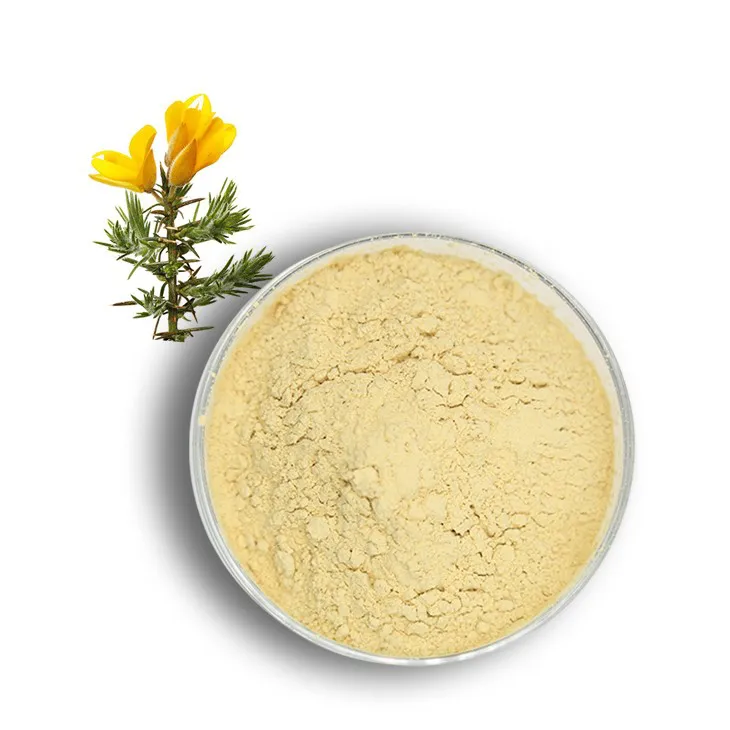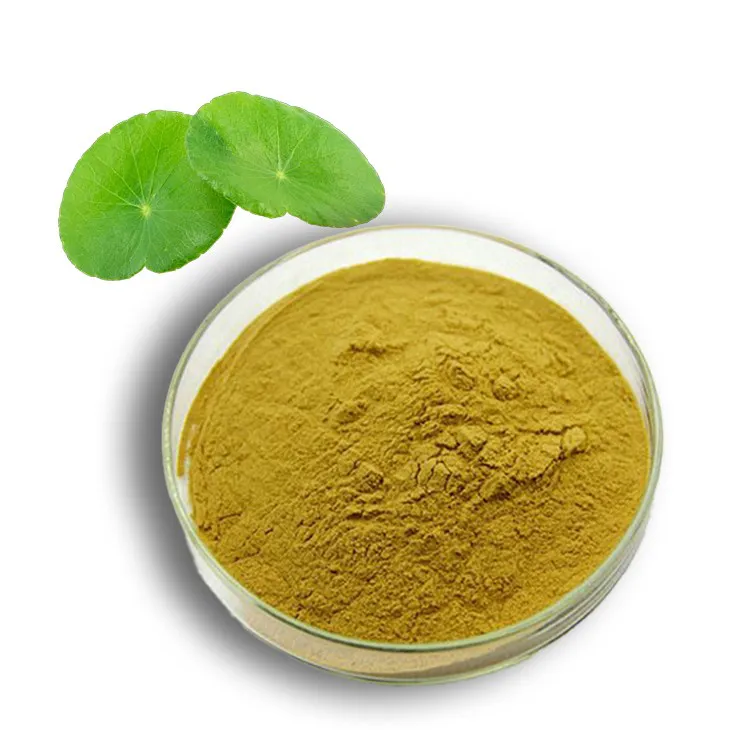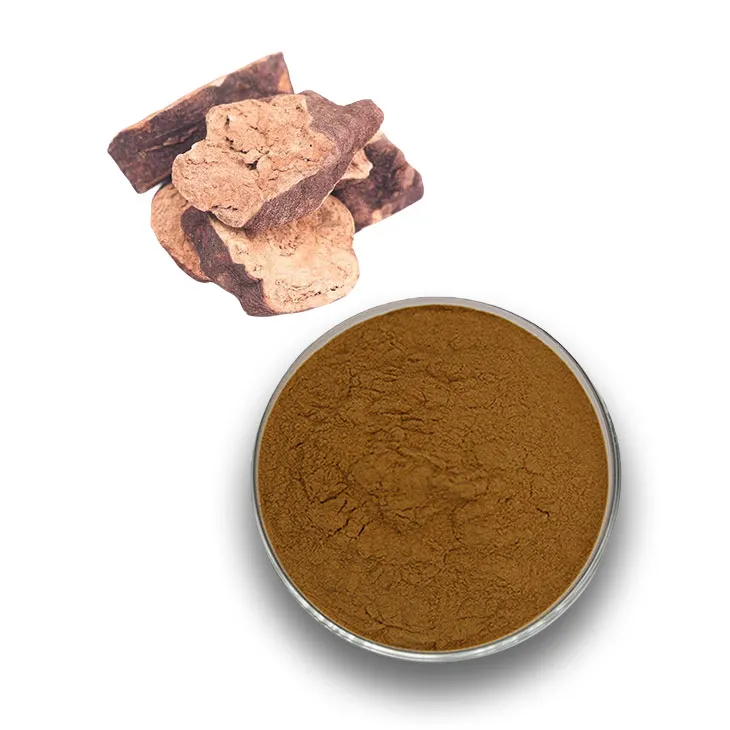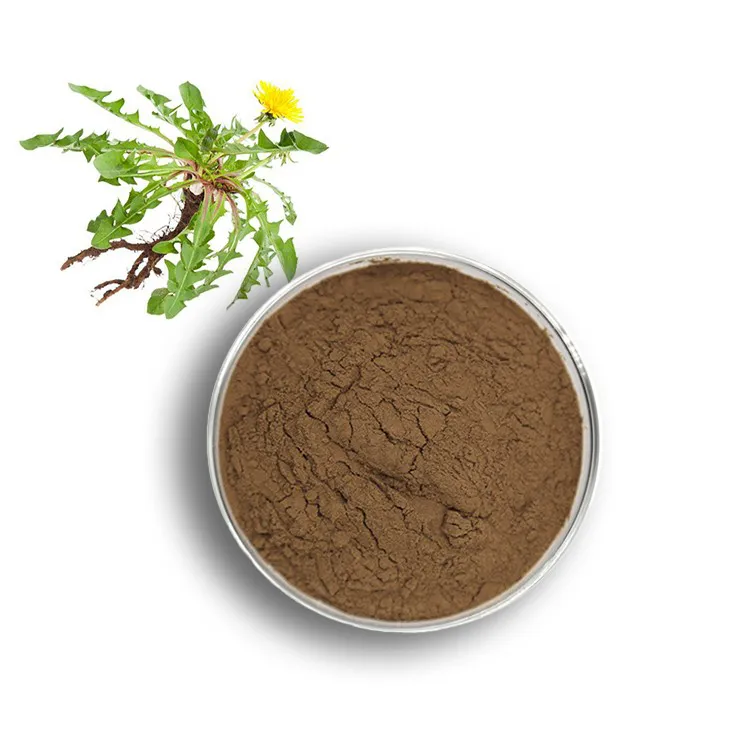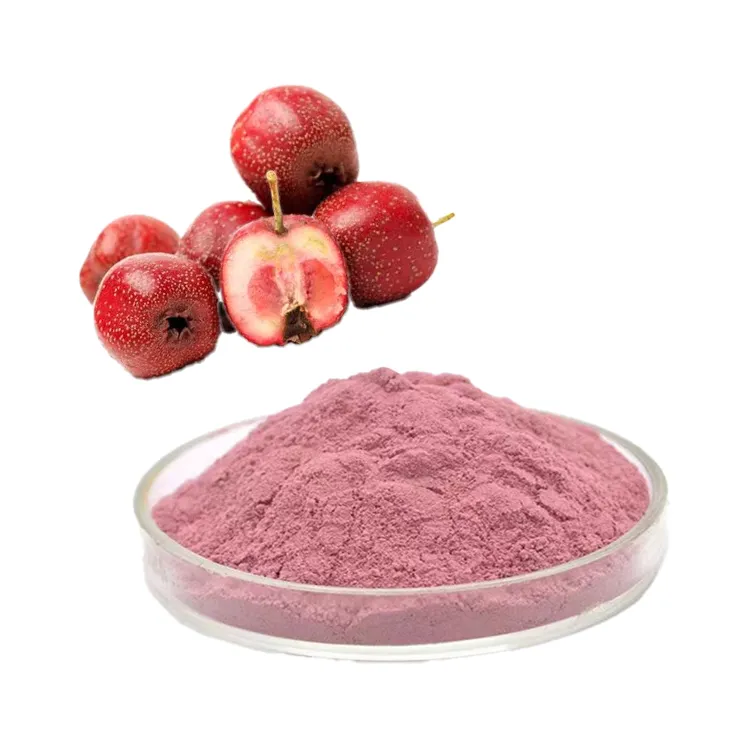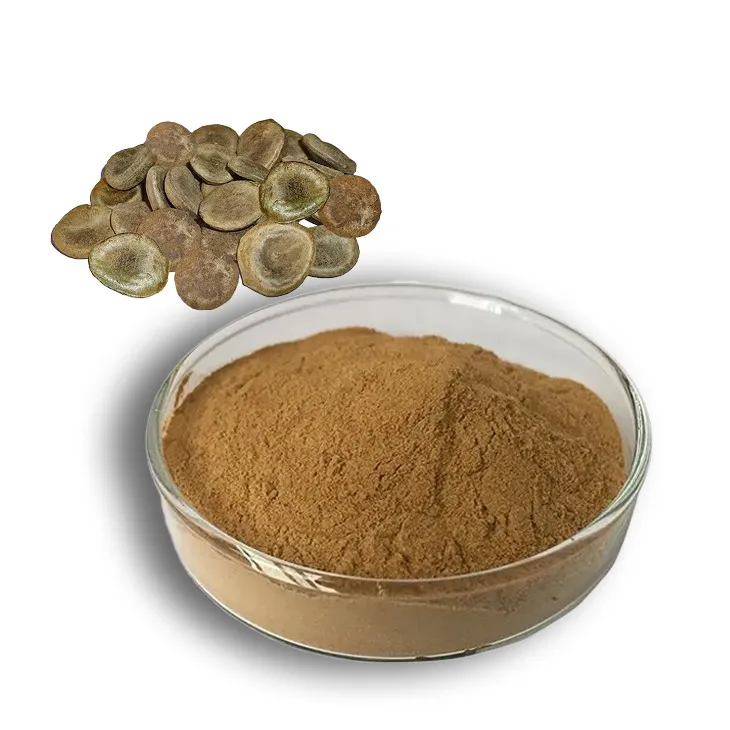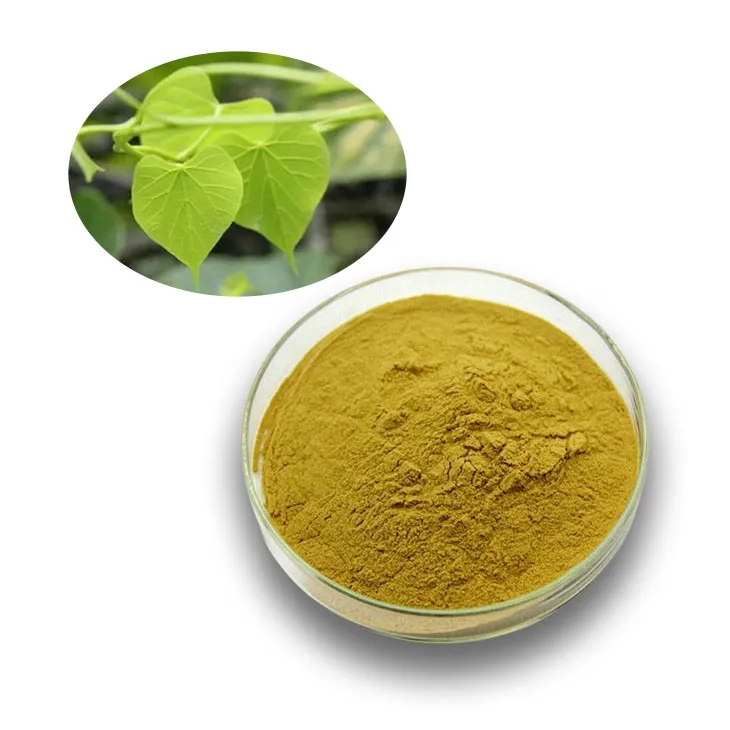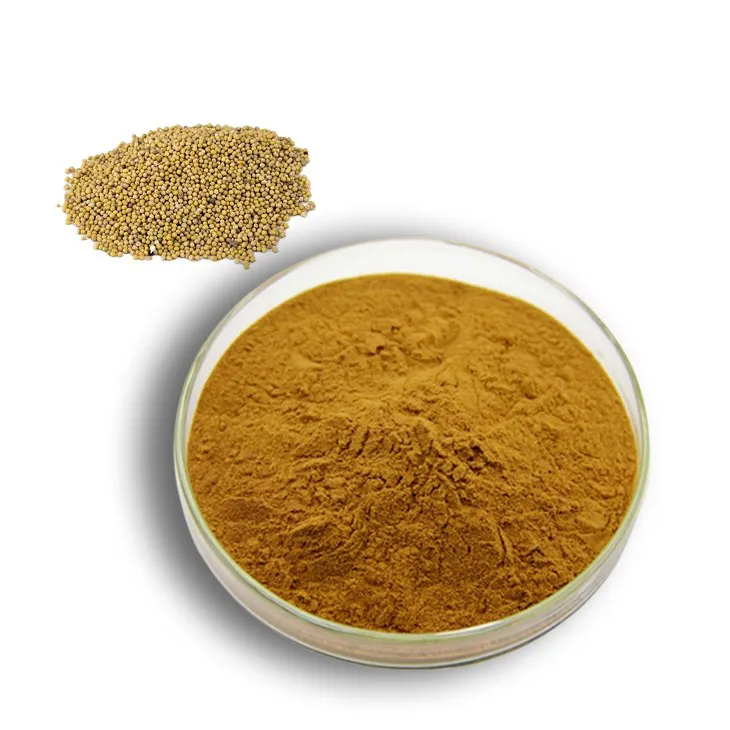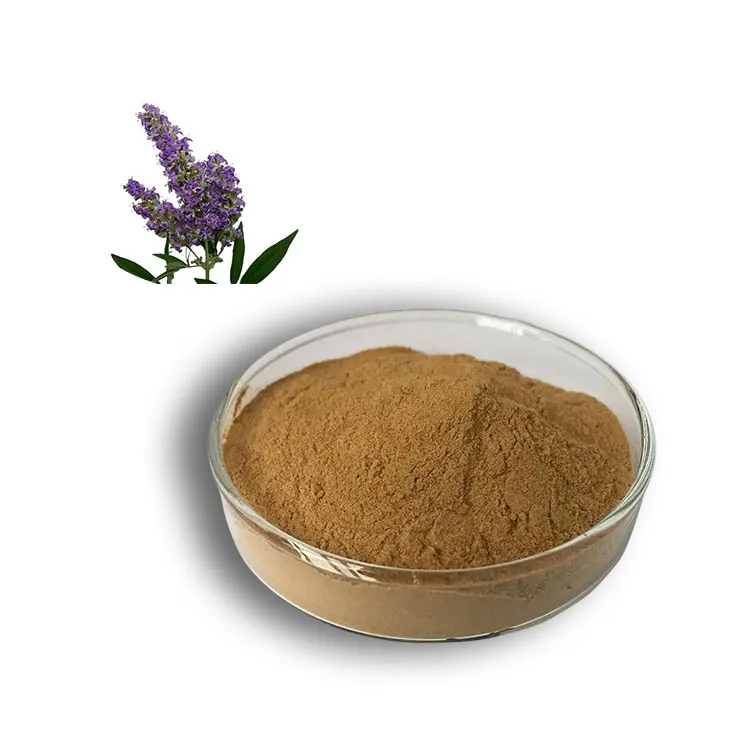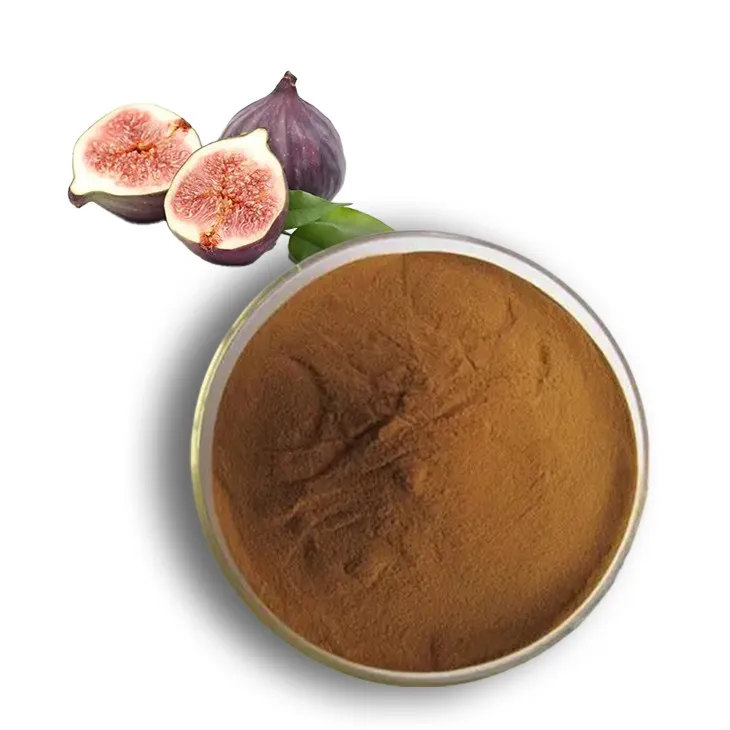- 0086-571-85302990
- sales@greenskybio.com
Understand the main processes in the manufacture of rosemary extract in the food industry.
2024-12-10
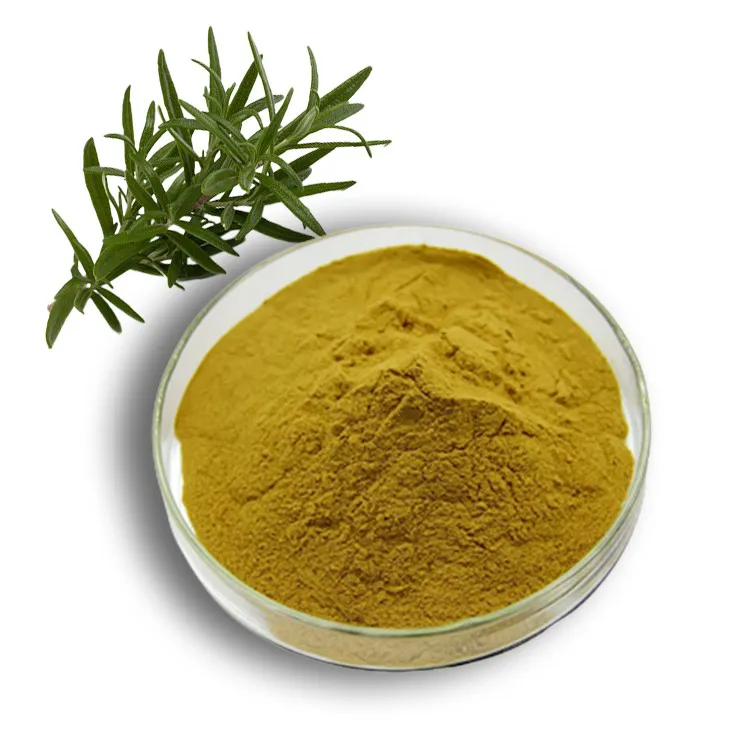
1. Introduction
Rosemary extract has become an important ingredient in the food industry. It offers multiple benefits such as antioxidant properties that prevent lipid oxidation and also imparts a unique flavor to food products. Understanding the manufacturing processes behind Rosemary extract is crucial for ensuring its quality and effectiveness in food applications.
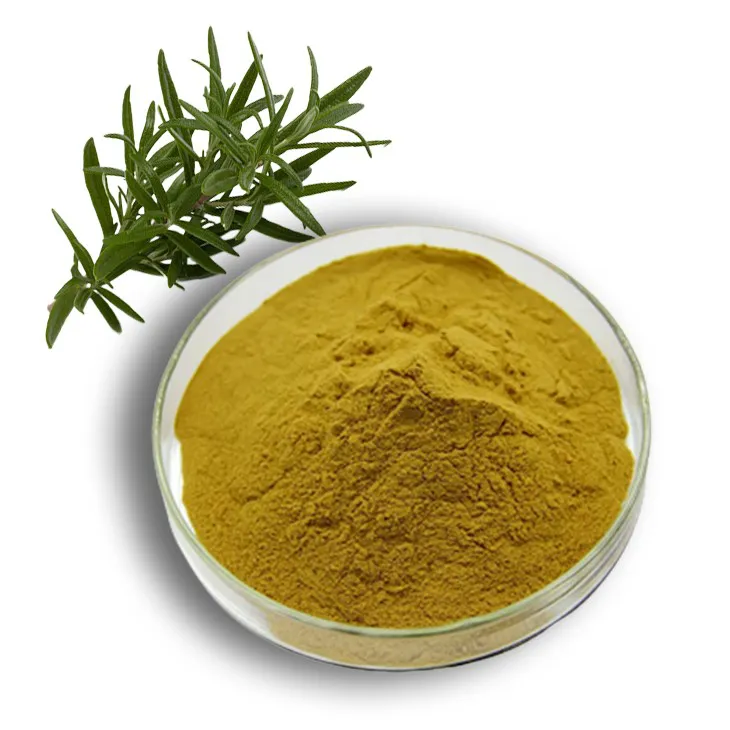
2. Raw Rosemary Collection
2.1 Selecting the Right Variety The first step in the manufacture of Rosemary extract is the collection of raw rosemary. Growers need to be careful in choosing the right variety of rosemary. Different varieties may have varying levels of active compounds. For example, some varieties may be richer in antioxidants like carnosic acid and rosmarinic acid. These compounds are highly valued in the food industry for their ability to preserve food freshness and quality.
2.2 Optimal Harvest Time Harvesting at the optimal time is also essential. If rosemary is harvested too early, the plants may not have developed sufficient amounts of the desired compounds. On the other hand, if it is harvested too late, the quality of the active compounds may start to decline. Generally, rosemary is harvested when the plants have reached a certain maturity level, which is often determined by factors such as the color of the leaves, their texture, and the overall growth stage of the plant.
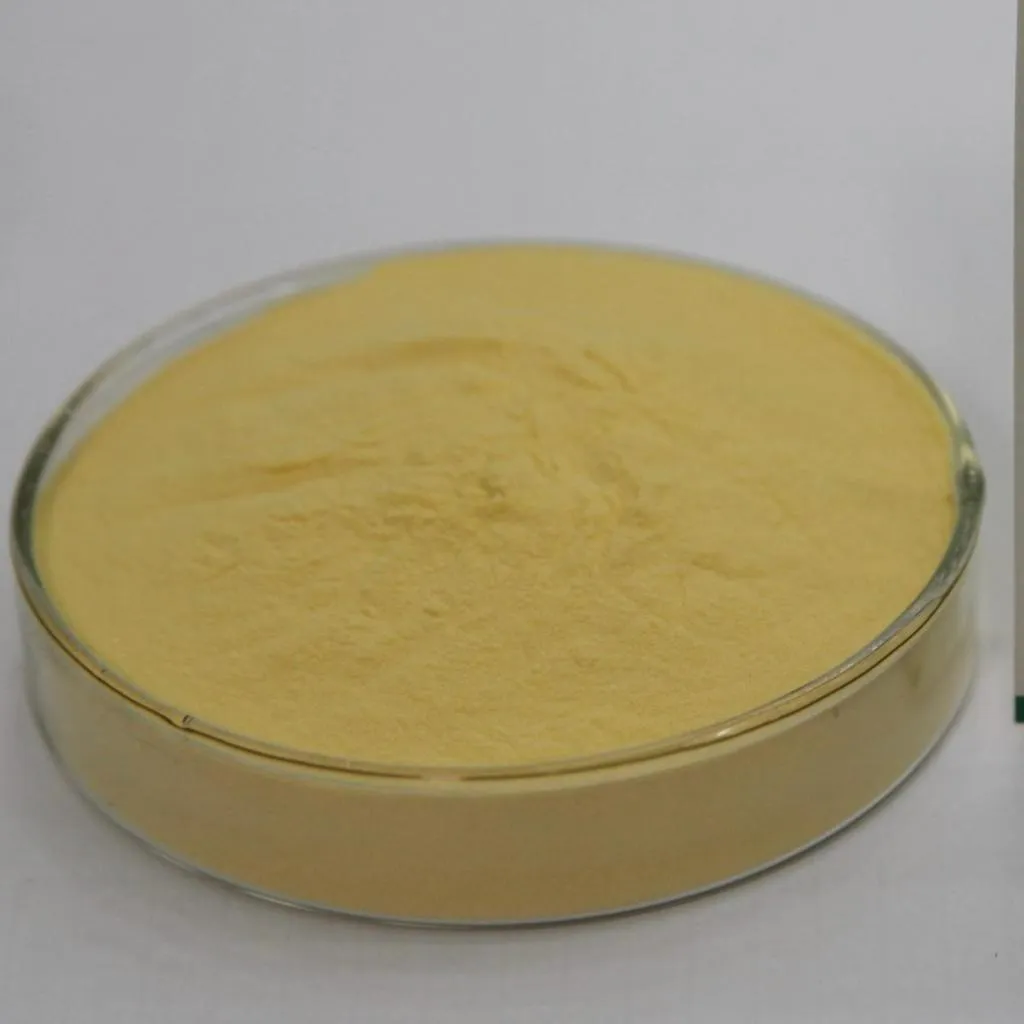
3. Pretreatment of Rosemary
3.1 Sorting Once the rosemary is harvested, it undergoes pretreatment. Sorting is the first step in this process. The purpose of sorting is to remove any damaged or diseased parts of the rosemary. Damaged leaves or stems may contain lower levels of active compounds or may even introduce contaminants into the final extract. By carefully sorting the rosemary, only the healthy parts are selected for further processing.
3.2 Cleaning After sorting, cleaning is carried out. Cleaning helps to remove dirt, debris, and other impurities that may be present on the rosemary. This can be done using various methods such as washing with water or using gentle mechanical agitation. Clean rosemary is important as any remaining dirt or foreign matter can interfere with the extraction process and affect the quality of the final extract.
3.3 Drying Drying is the next crucial step in the pretreatment of rosemary. It is carried out under controlled conditions. The main goal of drying is to maintain the integrity of the plant's chemical components. If drying is not done properly, the active compounds in rosemary may be degraded. Controlled drying can be achieved through methods such as air - drying in a well - ventilated area or using specialized drying equipment like dehydrators. The drying temperature and humidity need to be carefully monitored to ensure that the rosemary dries evenly and retains its beneficial properties.
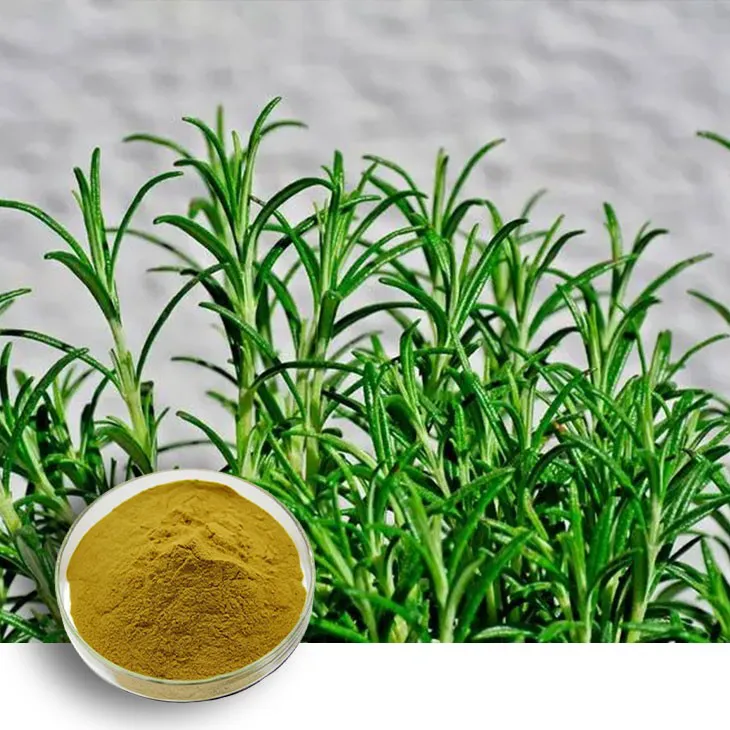
4. Extraction of Rosemary
4.1 Modern Extraction Techniques After the pretreatment, the extraction of active compounds from the dried rosemary takes place. Modern techniques are often employed for this purpose. One of the commonly used methods is solvent extraction.
4.2 Solvent Extraction In solvent extraction, a solvent like ethyl acetate is used to draw out the active compounds from the dried rosemary. The choice of solvent is important as it should be able to effectively dissolve the desired compounds while being safe for use in the food industry. Ethyl acetate is a popular choice because it has a relatively low toxicity level and is effective in extracting compounds such as carnosic acid and rosmarinic acid. The dried rosemary is typically placed in a container, and the solvent is added. The mixture is then agitated to ensure good contact between the solvent and the rosemary, allowing the active compounds to dissolve into the solvent.
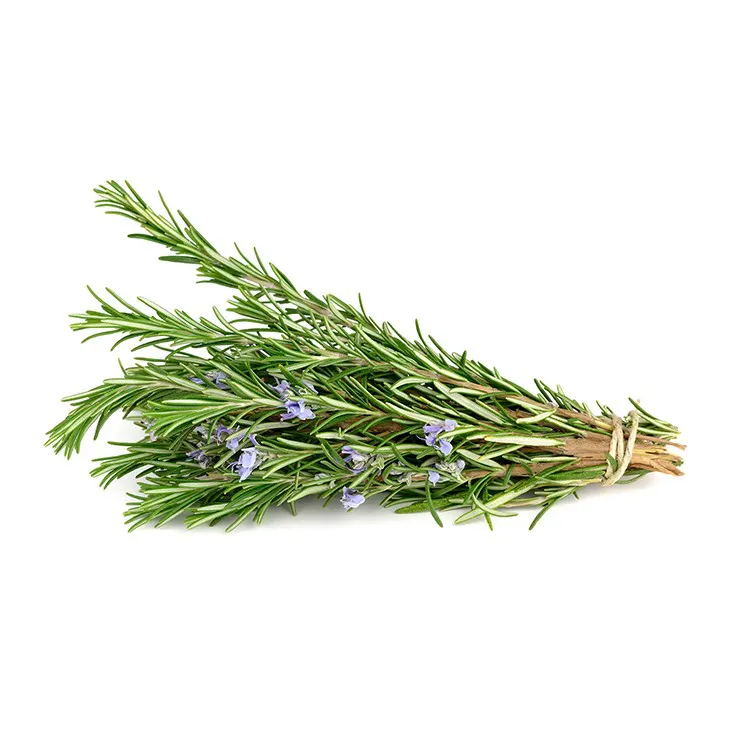
5. Post - extraction Processes
5.1 Solvent Removal After the extraction process, the solvent needs to be removed. This can be done through evaporation or other means. Evaporation is a common method where the solvent is heated under controlled conditions to turn it into vapor, leaving behind the concentrated rosemary extract. Care needs to be taken during solvent removal to ensure that the active compounds are not damaged or lost.
5.2 Refinement Steps Further refinement steps may be involved after solvent removal. For example, filtration is often carried out to get rid of any remaining impurities. Filtration can be done using different types of filters, such as membrane filters or filter papers. This helps to ensure that the final rosemary extract is pure and free from any unwanted substances that may have been present in the extract after solvent removal.
6. Packaging and Final Product
6.1 Packaging Once the rosemary extract has been refined, it is ready for packaging. The packaging should be designed to protect the extract from environmental factors such as light, air, and moisture. Packaging materials such as dark - colored glass bottles or sealed foil pouches are often used. These materials help to prevent the degradation of the active compounds in the rosemary extract, ensuring its long - term stability.
6.2 Use in Food Products The final rosemary extract is then ready to be used in food products. It can be added to a wide range of food items such as meats, oils, and baked goods. In meats, it helps to prevent lipid oxidation, which can cause spoilage and off - flavors. In oils, it acts as an antioxidant, increasing the shelf life of the product. And in baked goods, it can add a unique flavor note, enhancing the overall taste of the product.
7. Conclusion
The manufacture of rosemary extract in the food industry involves a series of well - defined processes. From the careful collection of raw rosemary to the final packaging of the extract, each step plays a crucial role in ensuring the quality and effectiveness of the product. Understanding these processes is important for food manufacturers who want to make the best use of rosemary extract in their products.
FAQ:
What is the first step in the manufacture of rosemary extract in the food industry?
The first step is raw rosemary collection. Growers need to ensure that the rosemary is of the right variety and harvested at the optimal time.
What are the pre - treatment processes for rosemary before extraction?
The pre - treatment processes include sorting to remove damaged or diseased parts and then cleaning. After cleaning, drying is carried out under controlled conditions.
What is a common extraction method for rosemary extract?
A common extraction method is solvent extraction. For example, a solvent like ethyl acetate may be used to draw out the active compounds from the dried rosemary.
How is the solvent removed after extraction?
The solvent is removed through evaporation or other means.
What are the functions of rosemary extract in food products?
The functions of rosemary extract in food products include preventing lipid oxidation and adding a unique flavor note.
Related literature
- The Production and Application of Rosemary Extract in the Food Industry"
- "Rosemary Extract: Manufacturing Processes and Its Role in Food Preservation"
- "Modern Techniques in Rosemary Extract Manufacture for the Food Sector"
- ▶ Hesperidin
- ▶ citrus bioflavonoids
- ▶ plant extract
- ▶ lycopene
- ▶ Diosmin
- ▶ Grape seed extract
- ▶ Sea buckthorn Juice Powder
- ▶ Beetroot powder
- ▶ Hops Extract
- ▶ Artichoke Extract
- ▶ Reishi mushroom extract
- ▶ Astaxanthin
- ▶ Green Tea Extract
- ▶ Curcumin Extract
- ▶ Horse Chestnut Extract
- ▶ Other Problems
- ▶ Boswellia Serrata Extract
- ▶ Resveratrol Extract
- ▶ Marigold Extract
- ▶ Grape Leaf Extract
- ▶ blog3
- ▶ Aminolevulinic acid
- ▶ Cranberry Extract
- ▶ Red Yeast Rice
- ▶ Red Wine Extract
-
Genistein
2024-12-10
-
Centella Asiatica Extract
2024-12-10
-
Polygonum multiflorum extract
2024-12-10
-
Dandelion Root Extract
2024-12-10
-
Hawthorn powder
2024-12-10
-
Kupilu Extract
2024-12-10
-
Tinospora cordifolia extract
2024-12-10
-
White mustard seed extract
2024-12-10
-
Chasteberry Extract
2024-12-10
-
Fig Extract
2024-12-10











